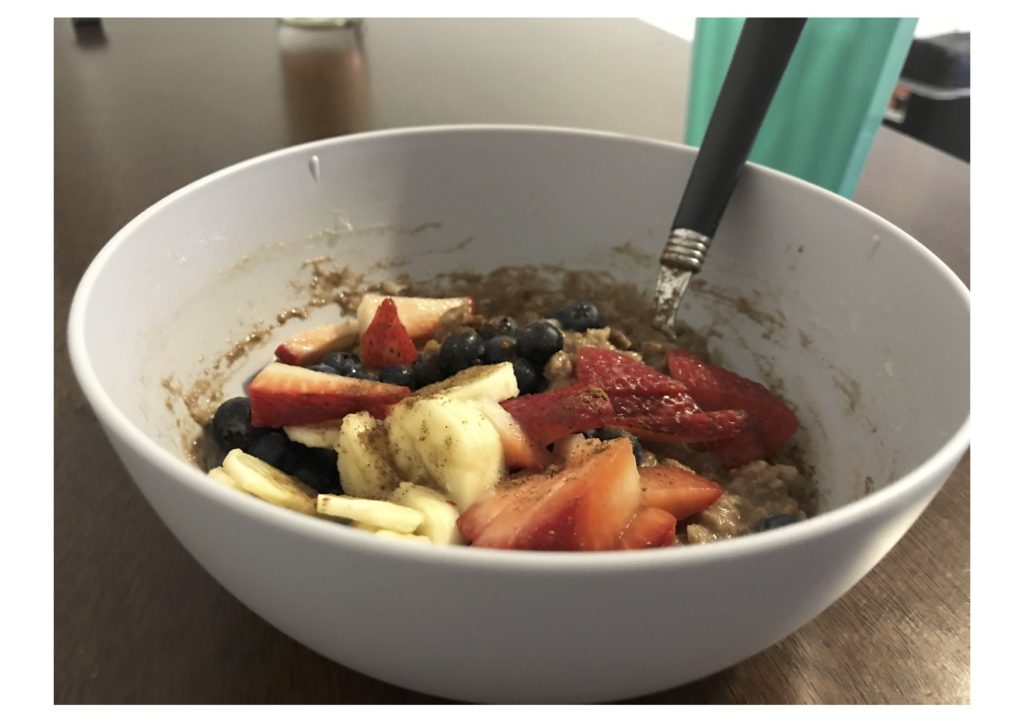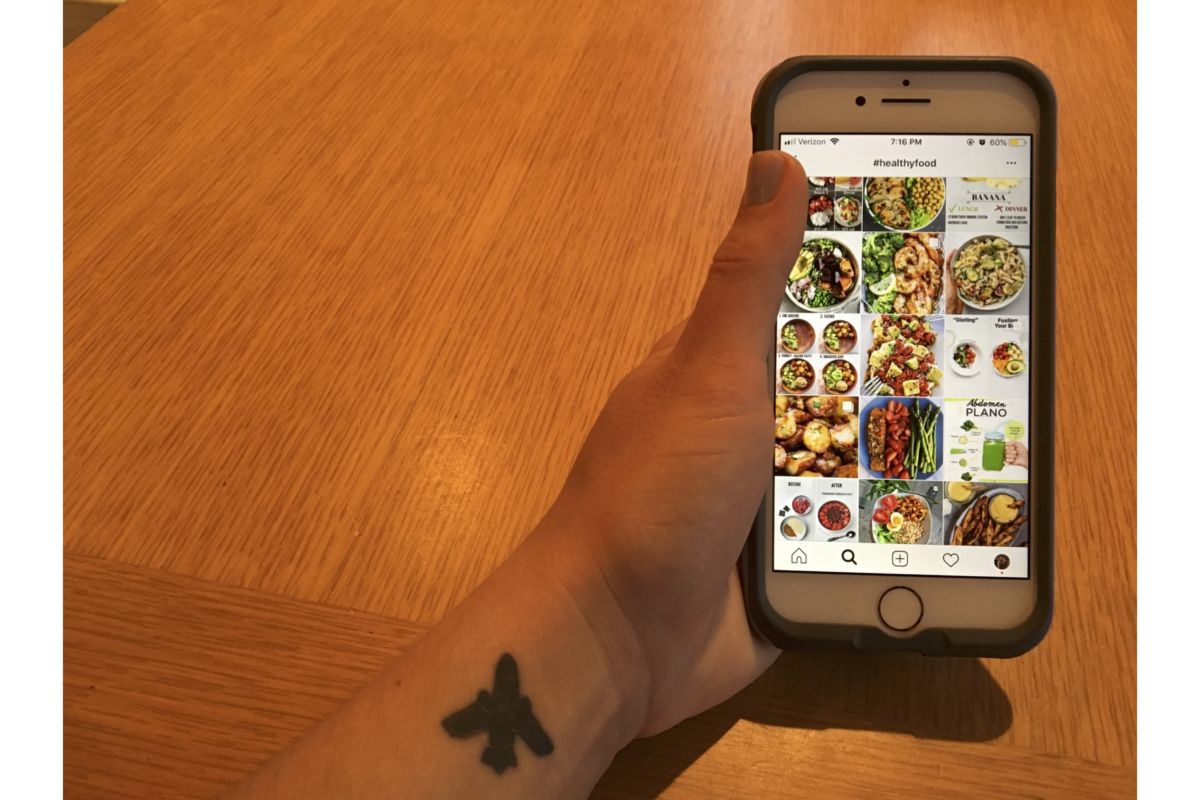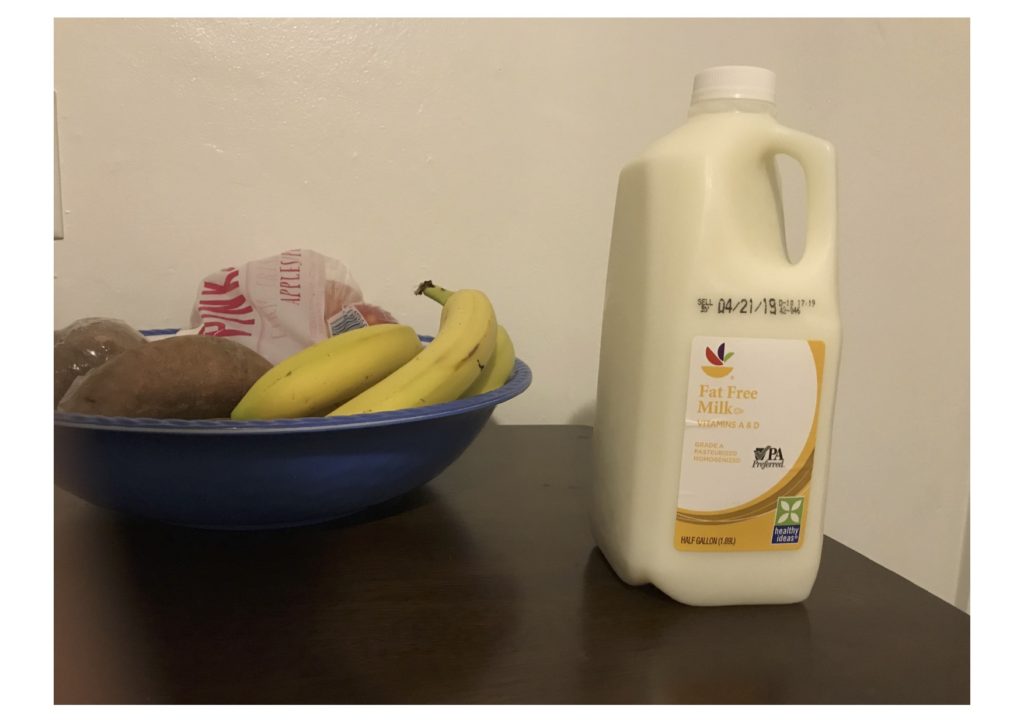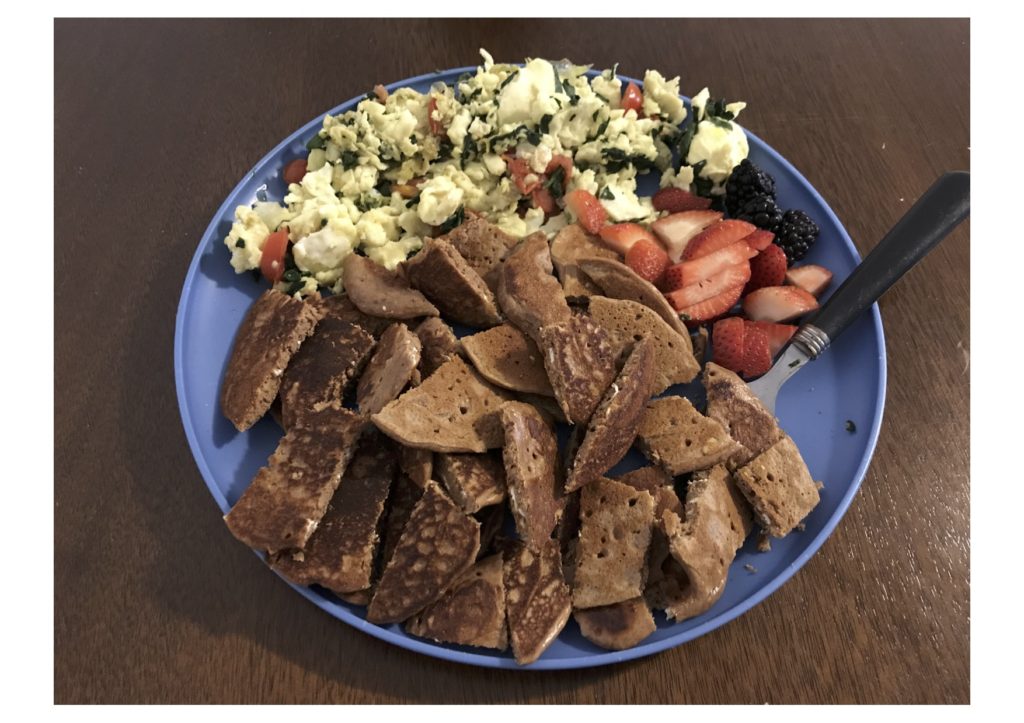Freshly showered after a long day at the beach, you plop down on your bed with your sun kissed skin against your cool, cotton sheets. After hours of soaking up the sun and enjoying funnel cake and ice cream with your friends, you pick up your phone to check what you’ve missed on Instagram. First, you mindlessly scroll through your newsfeed, passing by photos of other people on the beach, a couple celebrating their two-year anniversary, and your friend’s dog in honor of “National Pets Day.” You double-tap most of the photos to give them each a like, then move onto your Instagram Explore page.
And so it begins.
“Healthy, low-carb, low-fat cheesecake! Scroll down for recipe!” … “Skip the greasy pizza – try cauliflower crust instead for a healthy twist!” … “Only 90 calories per pint! Perfect for getting your summer body ready in time!”
The more you scroll, the more you see your favorite foods being changed and altered all in the name of being healthy, but who gets to decide what exactly healthy is? Of course, eating pizza every day will not give your body proper nutrients, but enjoying a slice one summer afternoon with your toes buried in the sand surrounded by the people who matter most to you sure sounds like happy, healthy day to me. According to WCU student Maddie Clarke, healthy is, “Eating what makes your body feel best and staying active. It’s not about how much you weigh, it’s about how you feel and the energy you have. Feeling happy is also feeling healthy.” With a definition like this, those Instagram captions that draw you in with pretty pictures and aesthetic vibes hold no value.

If Maddie’s definition doesn’t pull your mind away from the captions’ grasp, then maybe hearing a few more will. Julia Grimm, a 29 year old filmmaker in Los Angeles, defines healthy as, “feeling good about yourself physically and mentally, and making conscious decisions to take care of yourself.” Nowhere in that statement does she mention always choosing the low-calorie option, however she does point out the importance in making conscious decisions. You should, of course, take care of yourself and feed your body the nutrients it needs and get adequate exercise, but the word “healthy” goes beyond that. As Emily Sayer, a 21 year old Rutgers University student says, being healthy means “that you take care of your mental, emotional, and physical self.”
Don’t get caught up.
We often get so caught up in social media, captions, hashtags, billboards, articles, headlines, and even our own heads so much that we forget that we are each individual beings who need to take care of our whole selves, on our own terms. With the amount of times we’re told to not to eat something because it isn’t healthy, it’s easy to forget that perhaps walking to your local ice cream shop and enjoying a serving of chocolate soft-serve with your mom on a summer night is the best way to ensure that your relationship with her is staying healthy.
There is also the definition of healthy according to Merriam Webster. This one is a factual, definitive one, and states that healthy is “enjoying good health free from disease.” Even when we bring this definition into play, those low-carb, low-fat cheesecakes sound pretty irrelevant. My point is, this “h word” flies around today’s society, and it’s important to be cognizant of the fact that being “healthy” does not always mean eating the lowest-calorie option or getting in the most amount of workouts per week. It does not always mean opting for the cauliflower crust, or skipping out on a summer treat with your mom. Being healthy involves many aspects, and it’s essential to take a step back, without your eyes glued to the captions. Instead, realize that this word is simply seven letters in a row.















